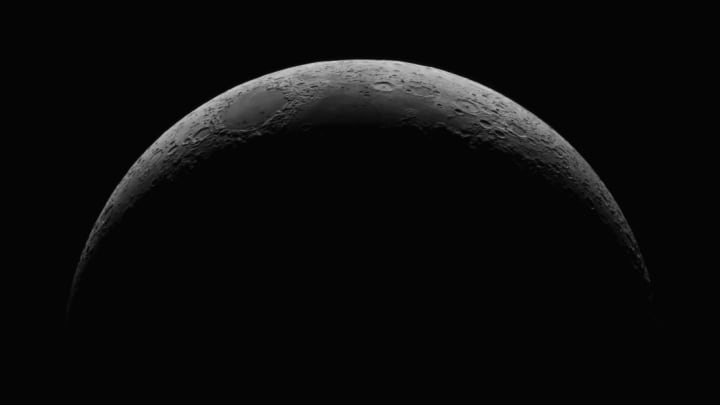The list of astronomical events for the month of July reads like something out of a horror story. On July 16, a half-blood thunder moon lit up night skies, and about a week later, a bright green fireball meteor was visible over New England. The month is closing out with its spookiest-sounding phenomenon yet: Wednesday, July 31, will feature a rare black supermoon, MSN reports.
What is a Black Supermoon?
The Farmer's Almanac is filled with special names used to describe moon phases at different times of year. According to the book, a black moon is the name given to the second new moon to occur in a calendar month—something that only happens about once every 2.5 years.
This month's black moon will be especially rare. When the Moon enters its new cycle on July 31, it will be at the closest point to Earth in its orbit. So in addition to being a black moon, Wednesday's new moon will meet the definition of a supermoon.
When Can You See the Black Supermoon?
Unlike past supermoon events, this upcoming black supermoon won't make for an impressive spectacle. A new moon occurs when the Moon falls between the Earth and the Sun. At this point in the lunar cycle, the Moon appears as a black, practically invisible silhouette in the night sky.
Even if you won't be able to see the Moon itself, you should still make time to look up on the night of Wednesday, July 31. A dark new moon creates the perfect viewing conditions for the multiple meteor showers that are active this time of year. To catch potential shooting stars when skies are darkest, wait until 11:12 p.m. EDT for the Moon to reach its full new moon phase.
[h/t MSN]
